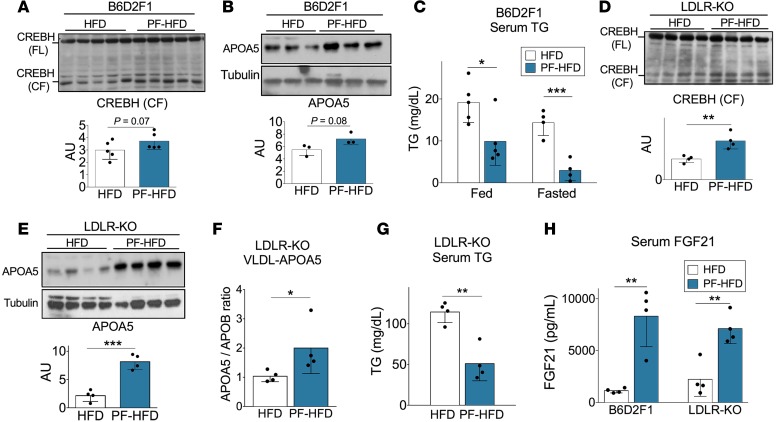Figure 7. PR improves TG homeostasis in dyslipidemic models.
(A–H) B6D2F1 mice (A–C and H) or low-density lipoprotein receptor KO (LDLR-KO, D–H) mice were fed a high-fat diet (HFD) for 3 months prior to switching half to an isocaloric protein-free HFD (PF-HFD) for 1 week. Metabolic and molecular analyses were performed after a 4-hour fast. (A and D) Immunoblot of CREBH full-length (FL) and cleaved form (CF) in liver extracts with quantitation below of CF normalized to full-length (arbitrary units [AU]; n = 4–5/group; 2-tailed Student’s t test). (B and E) Immunoblot of APOA5 in liver extracts with quantitation below normalized to tubulin; n = 3–4/group; 2-tailed Student’s t test. (C and G) Serum TG in fed or 4-hour–fasted states as indicated (n = 4–5/group; 2-tailed Student’s t test between diet groups within fed or fasted state). (F) Circulating VLDL-bound APOA5 levels expressed as the ratio of serum APOA5 to APOB-100 (n = 4/group; 2-tailed Student’s t test). (H) Serum FGF21 levels (n = 4/group; 2-tailed Student’s t test within genotype between diets). Data expressed as mean ± SD; *P < 0.05, **P < 0.01, ***P < 0.001.

